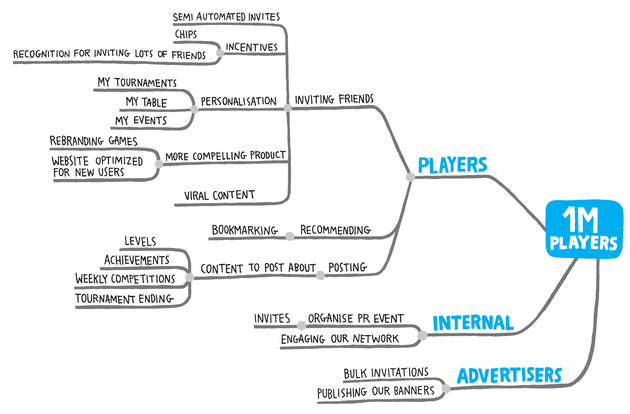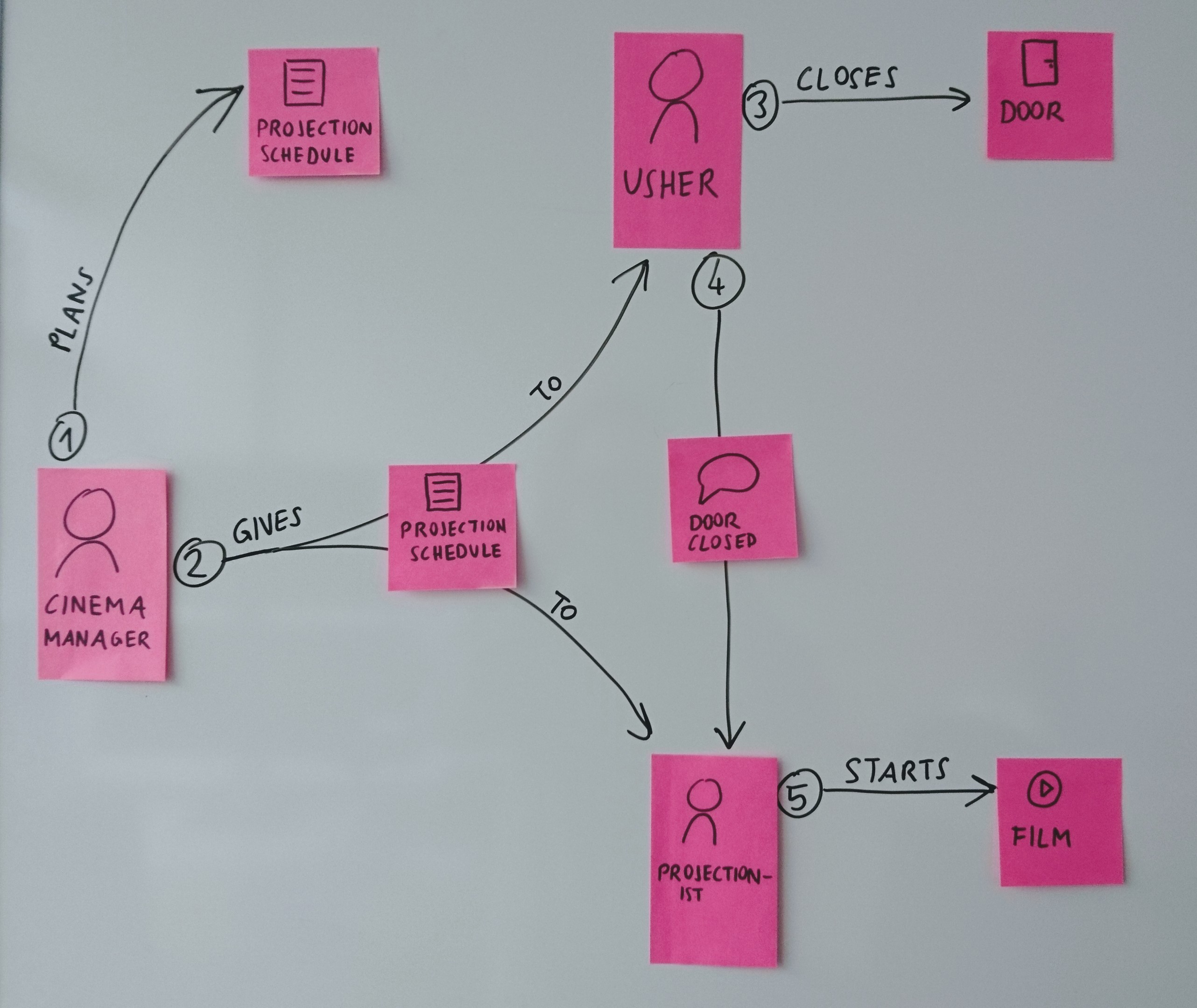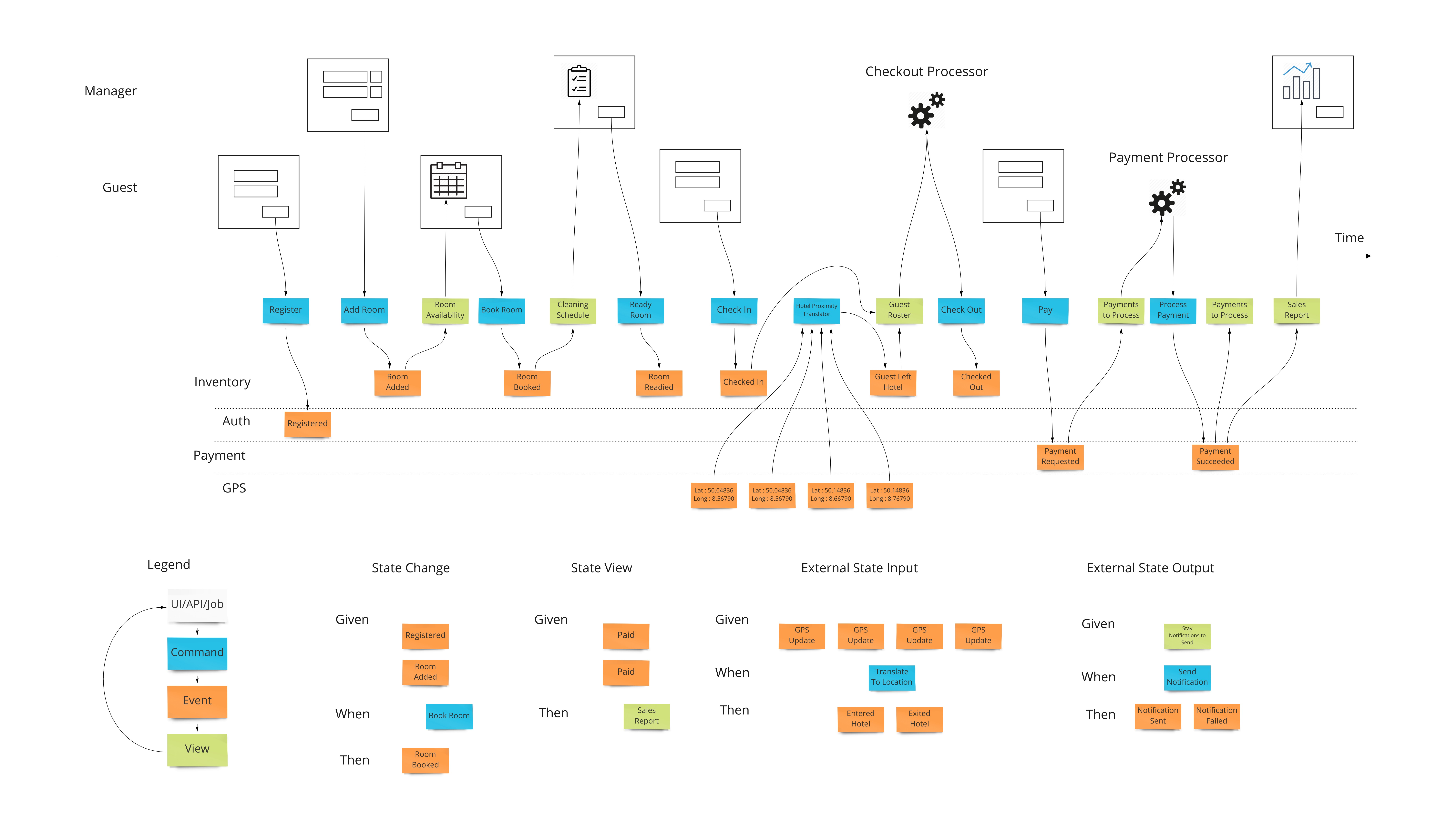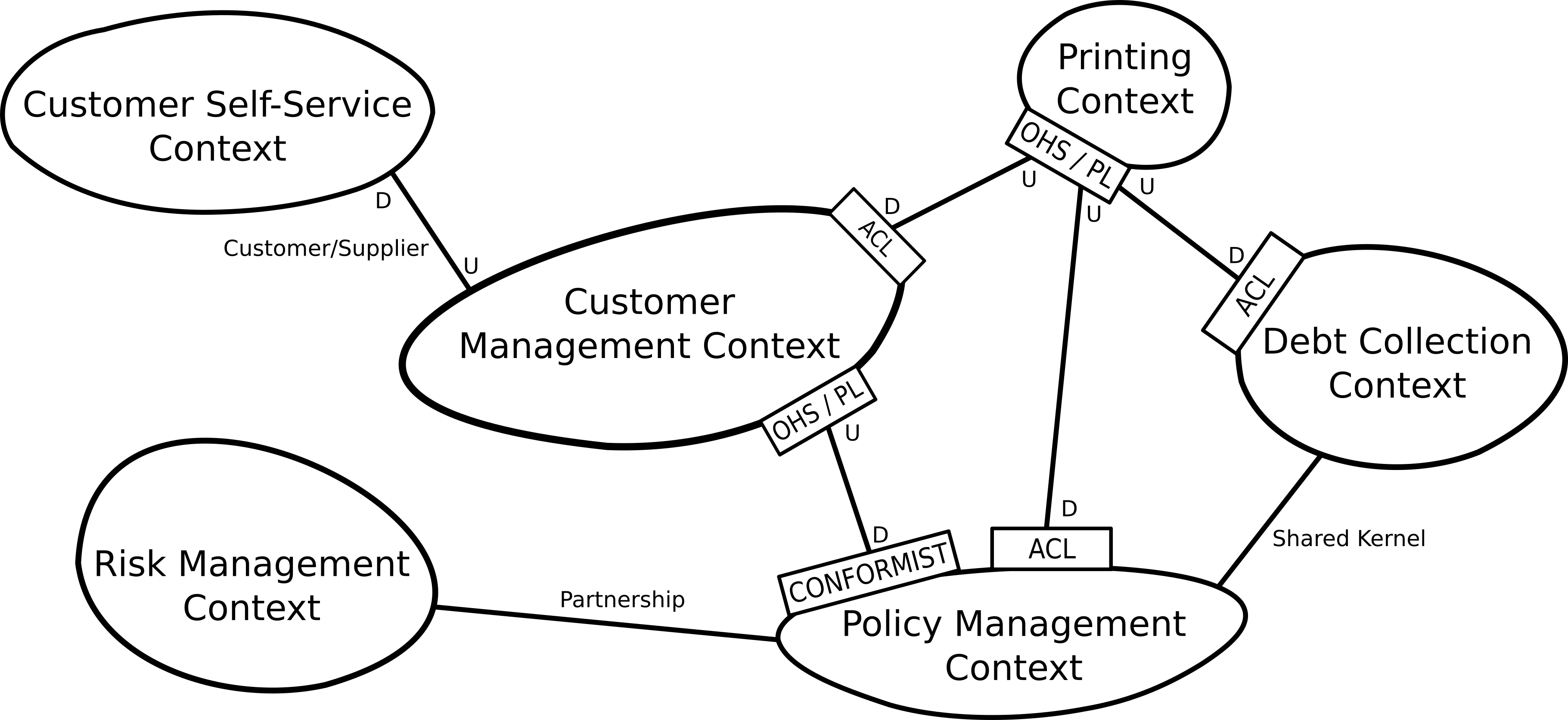A Software Architect’s Toolkit: Essential Techniques for Modern Systems
Hey fellow developers and architects! 👋
Building robust, scalable, and maintainable software isn’t just about code; it’s heavily reliant on solid architectural foundations. In today’s rapidly evolving tech landscape, having the right techniques in your arsenal is crucial for navigating complexity, aligning with business objectives, and ensuring your team is set up for success.
I came across a fantastic compilation of techniques over at workingsoftware.dev, and I wanted to share a distilled version here, highlighting methods that can significantly impact how we design, decide, document, and evolve our systems. Let’s dive into this architect’s toolkit! 🛠️
Strategic Planning & Decision Making 🧭
Aligning technical solutions with business goals from the outset is key.
- Impact Mapping 🗺️: A collaborative visualization tool connecting goals, actors, impacts, and deliverables. Helps prioritize efforts based on measurable outcomes.
 Image Source: impactmapping.org
Image Source: impactmapping.org
- Wardley Mapping 🧭: Visualizes your business’s value chain, mapping components from genesis to commodity. Aids in understanding the landscape and making strategic bets.
Initial Concept, Team Alignment & Structuring 🏗️
Getting everyone on the same page and structuring the problem domain effectively.
- Domain Storytelling 🗣️: Uses narratives to capture business processes, ensuring requirements are understood by all stakeholders.
 Image Source: domainstorytelling.org
Image Source: domainstorytelling.org
- Event Storming 🌪️: A workshop-based technique using sticky notes (events, commands, policies) to explore complex business domains collaboratively.
- Ubiquitous Language 💬: Developing a shared, precise vocabulary between domain experts and developers, crucial for clear communication within a Bounded Context.
- Architecture Inception Canvas 🖼️: Captures the initial architectural vision, including drivers, constraints, context, and assumptions.
 Image Source: canvas.arc42.org
Image Source: canvas.arc42.org
- Frontend Architecture Map 🧭: A user-journey-driven approach focusing frontend design on user needs rather than just tech trends.
 Image Source: workingsoftware.dev
Image Source: workingsoftware.dev
- arc42 Quality Model (Q42) ⭐: A pragmatic approach to defining and assessing key system quality attributes based on stakeholder needs.
 Image Source: workingsoftware.dev
Image Source: workingsoftware.dev
- Quality Storming 🤝: A collaborative workshop (inspired by Event Storming) to gather and prioritize quality requirements using a quality model (like ISO 25010 or Q42).
- Event Modeling 📊: Visually maps system workflows using events, commands, and views to show data flow and state changes. Great for designing event-driven systems.
 Image Source: eventmodeling.org
Image Source: eventmodeling.org
- Context Mapping 🗺️: Visualizes relationships and interactions between different Bounded Contexts within a larger system.
 Image Source: contextmapper.org
Image Source: contextmapper.org
- Bounded Context Canvas 📝: Helps define the scope, responsibilities, and key elements of a specific Bounded Context.
 Image Source: github.com/ddd-crew
Image Source: github.com/ddd-crew
- Domain Prototyping 🧪: Creating early, tangible versions of system parts to explore and validate domain concepts with stakeholders.
Decision Making 🤔
Documenting and guiding architectural choices.
- Architecture Principles 📜: High-level rules and guidelines that shape architectural decisions, ensuring consistency and alignment with goals.
- Architecture Decision Records (ADRs) ✍️: Lightweight documents recording significant architectural decisions, their context, and consequences. Essential for transparency and future reference. (ADR GitHub Org)
- **Markdown Architecture Decision Records (MADRs)**📄: A specific, structured template for ADRs using Markdown.
Technology Management 💻
Choosing and managing the tools and technologies.
- Tech Stack Canvas 🧩: A visual tool to map, document, and communicate the technologies used in a product.
 Image Source: techstackcanvas.io
Image Source: techstackcanvas.io
- Technology Radar 📡: Visualizes the adoption status (Adopt, Trial, Assess, Hold) of technologies within an organization, guiding tech strategy.
 Image Source: thoughtworks.com
Image Source: thoughtworks.com
Risk Management 🛡️
Identifying and mitigating potential problems.
- Risk Storming 🎲: A collaborative workshop to identify potential project risks (quality attributes, security) and brainstorm mitigation strategies.
 Image Source: riskstorming.com
Image Source: riskstorming.com
- Technical Debt Records (TDRs) 💰: Structured documentation for tracking, analyzing, and prioritizing technical debt items.
- Threat Modeling 🕵️: Systematically identifying potential security threats, vulnerabilities, and defining countermeasures (e.g., using STRIDE).
Visualization & Documentation 📈
Communicating the architecture effectively.
- Architecture Communication Canvas 📢: Helps tailor architectural communication to specific audiences and goals.
 Image Source: canvas.arc42.org
Image Source: canvas.arc42.org
- C4 Model 🏛️: A hierarchical way to visualize software architecture at different zoom levels: System Context (1), Containers (2), Components (3), and Code (4).
 Image Source: c4model.com
Image Source: c4model.com
- arc42 Template 📚: A standardized template for comprehensive software architecture documentation, covering various aspects systematically.
 Image Source: arc42.org
Image Source: arc42.org
- Documentation as Code </>: Treating documentation (written in plain text formats like Markdown) as code: version-controlled, reviewed, and often automatically built and published alongside the software.
Assess, Measure, Improve & Adapt 🔄
Continuously evaluating and refining the architecture and development process.
- DORA Metrics 📊: Four key metrics (Deployment Frequency, Lead Time for Changes, Change Failure Rate, Time to Restore Service) measuring DevOps performance and delivery effectiveness.
- Lightweight Approach for Software Architecture Reviews (LASR) 🔍: An efficient, goal-oriented method for evaluating architectures, adaptable for quick team or individual reviews.
- aim42 - Architecture Improvement Method ✨: A structured approach for analyzing existing architectures, identifying issues, and planning improvements.
- Residuality Theory 🌱: A concept viewing software systems as evolving entities shaped by stressors, focusing on adaptability and managing complexity over time.
Key Takeaways ✨
- Software architecture requires a diverse set of techniques beyond just coding.
- Effective architecture involves strategic alignment, clear communication, structured decision-making, and robust documentation.
- Collaborative techniques (like Event Storming, Impact Mapping, Risk Storming) are powerful for shared understanding and buy-in.
- Visualisation (C4, Wardley Maps, Context Maps) is key to managing complexity.
- Continuous assessment and improvement (DORA, LASR, aim42) are vital for long-term system health.
This list provides a fantastic starting point or refresher for architects and senior developers.
Which of these techniques do you find most valuable in your day-to-day work? Are there any others you rely on heavily? 🤔 Let me know!
This post was inspired by and summarizes the extensive list found in the article “29 Fundamental Techniques for Software Architects” on workingsoftware.dev.
For more details on each technique and links to their respective sources, check out the original article: 🔗 https://www.workingsoftware.dev/fundamental-techniques-for-software-architects/?ref=dailydev